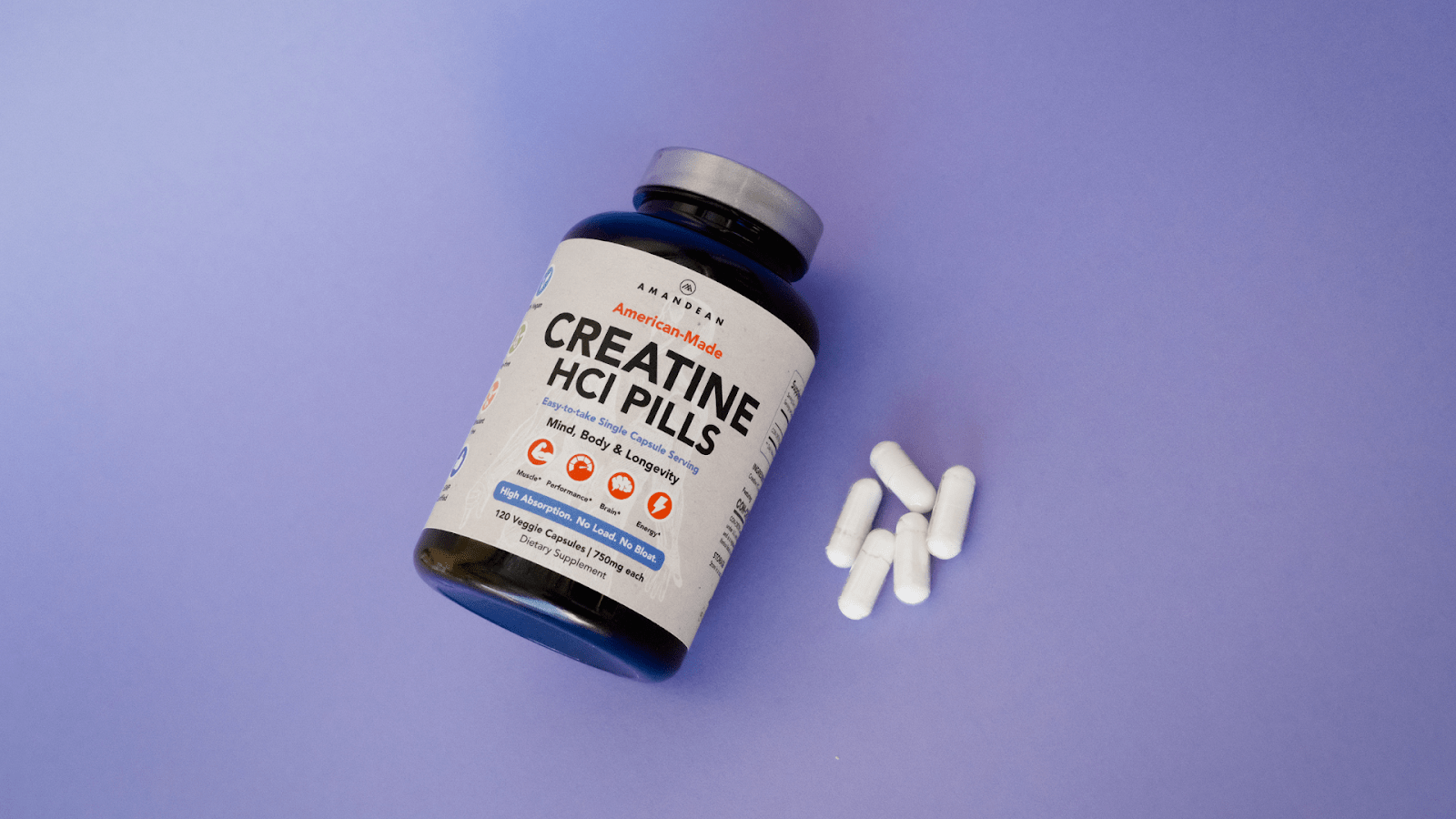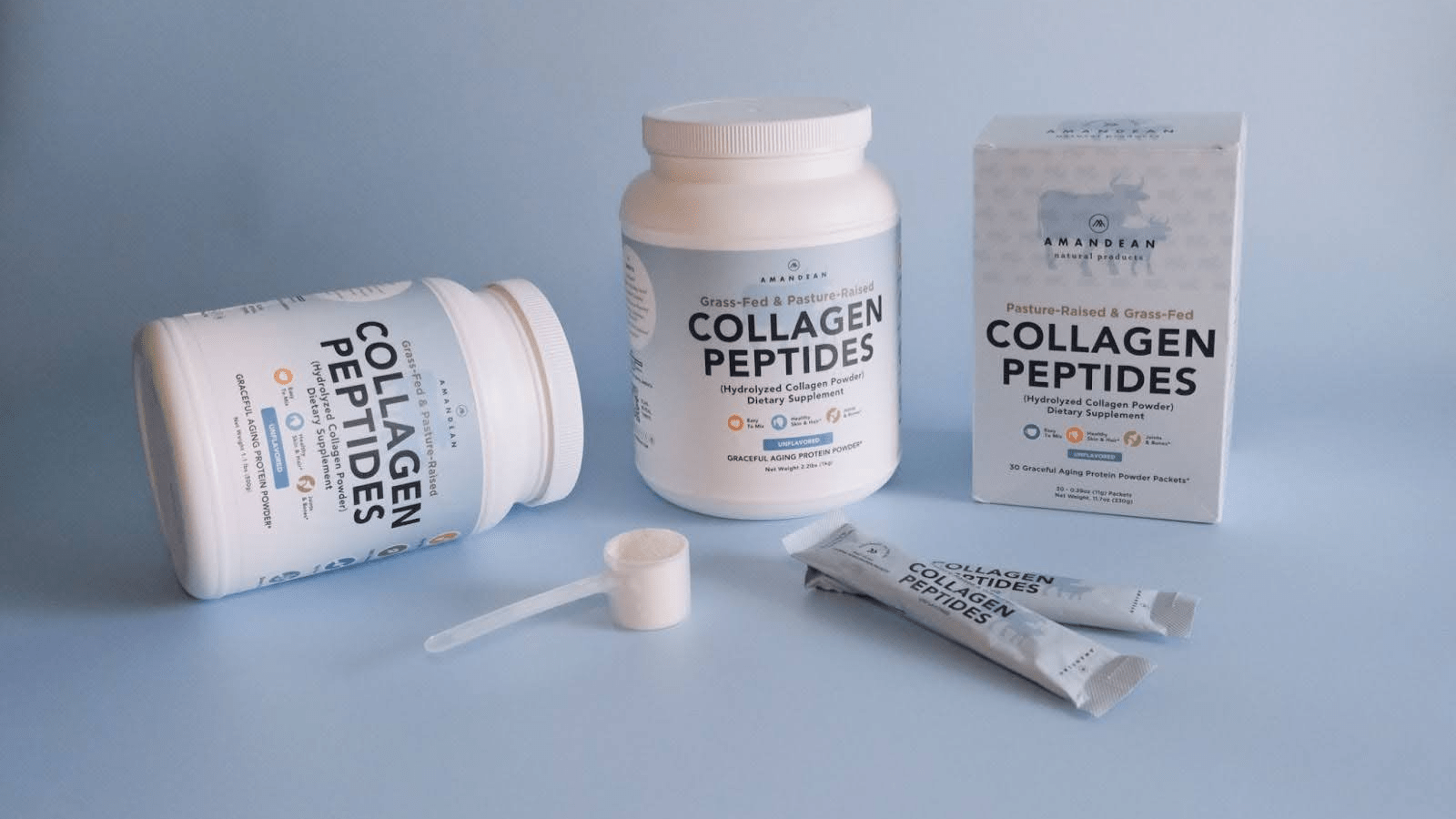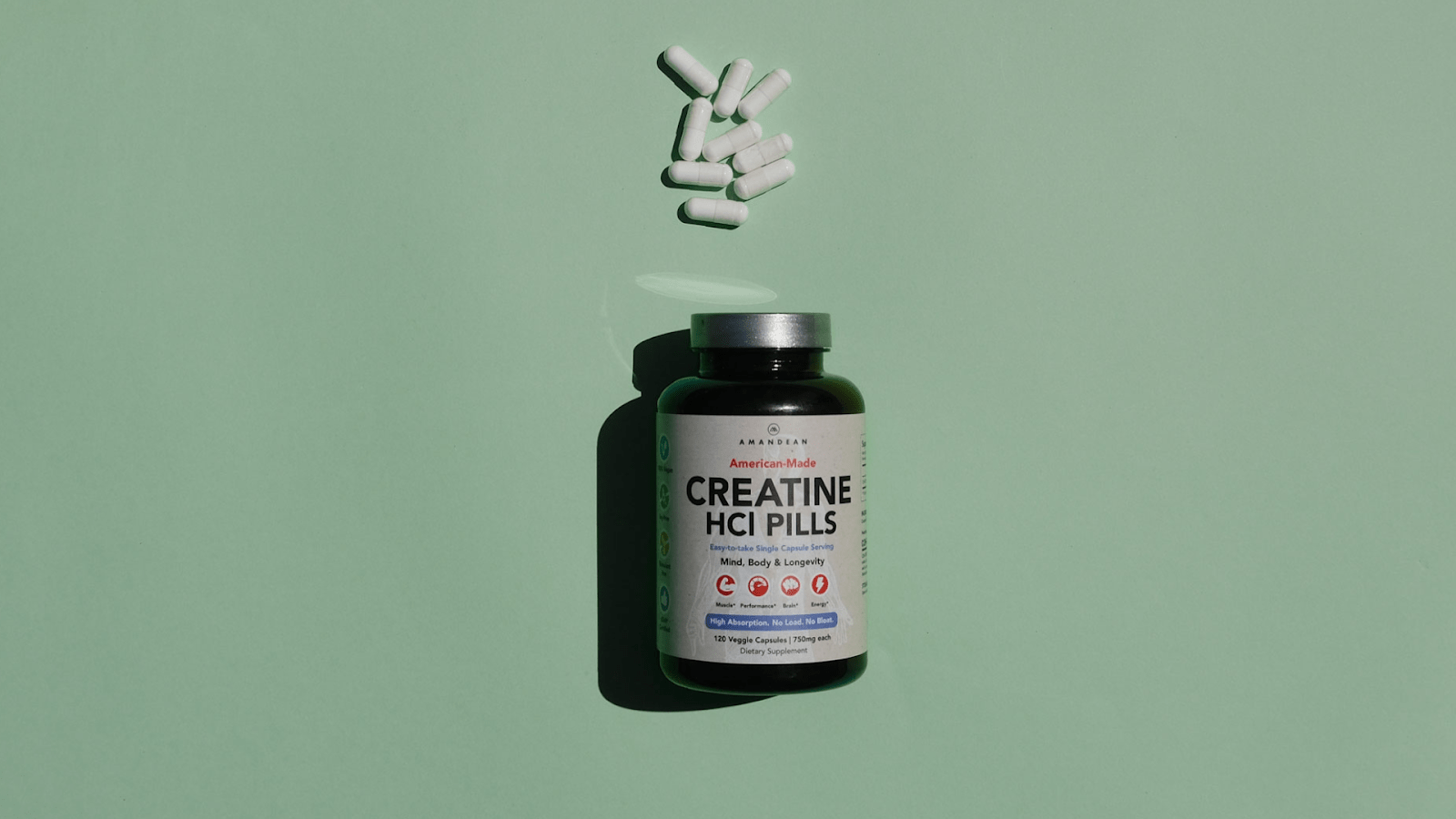Your Cart is Empty

April 13, 2022 3 min read
Want to impress your family and your taste buds this Easter? Try our favorite foodie, Stanley Tucci's famous Easter bread recipe with a kick of collagen protein for a healthy twist.
Get all the beautiful flavors of Stanley's original recipe with a hit of collagen for cooking when you add 20g of grass-fed gelatin powder for healthy joints, bones, tendons, cartilage, and even a healthy gut. Grab the full recipe below.
One of the easiest ways to stay on top of your supplementation and not perceive it as a huge inconvenience in your everyday life is to simply implement it into your meals.
We can understand how tracking your supplement intake, especially during the holidays, can seem too complicated and time-consuming, which is precisely why you should choose unflavored collagen for cooking.
Not only is making collagen-enriched meals amazing for your health, but gelatin powder can also be used as a pretty good thickening agent - which is a must in baking. It is also a great way to increase the protein content of any meal or beverage.
Gelatin contains 18 amino acids, including glycine and proline, which play the main role in collagen structure. Lacking these two amino acids is what results in premature aging - especially skin aging signs such as wrinkles and dryness.
In addition to the skin benefits, gelatin can also promote strong and healthy bones, help manage joint pain and inflammation, and aid in weight management as it has a satiating effect.
One of the most important gelatin benefits relates to gut health, as supplementing with a high-quality gelatin powder supplement has been shown to enhance gastric acid secretion, improve digestion, and support the gut lining structure.

Happy collagen baking and Happy Easter from Amandean & Stanley.

October 17, 2025 8 min read
Find out why creatine is better for vegans! Boost your wellness game and unlock peak performance with Amandean's premium supplements today.

October 16, 2025 7 min read
Learn whether collagen in coffee is just another wellness fad. Examine the facts, benefits, and how to use collagen in coffee for beauty and joint support.

September 22, 2025 9 min read
Unlock the full benefits of creatine for women. Boost energy, beauty, and brainpower with Amandean’s clean formulas.